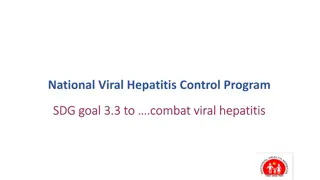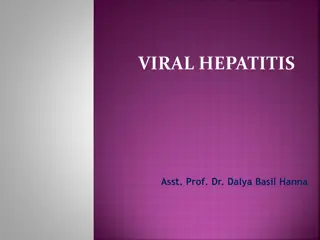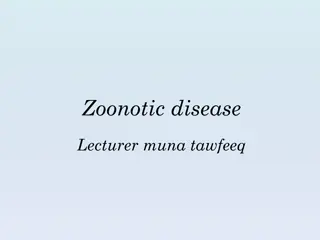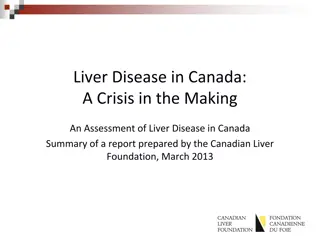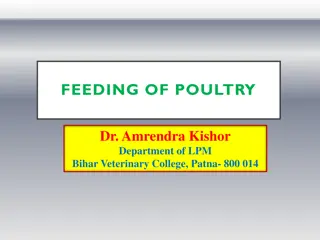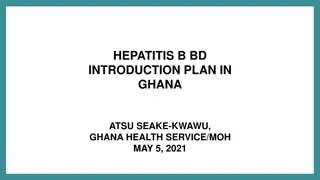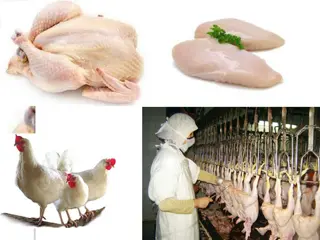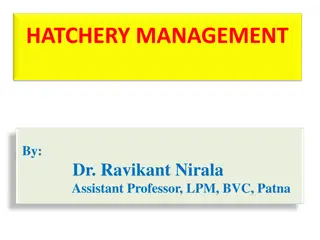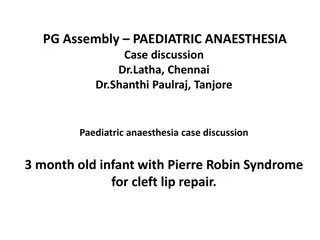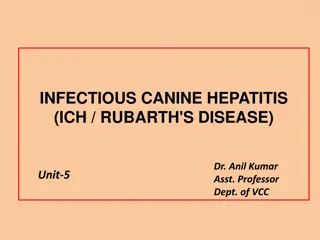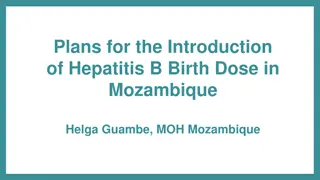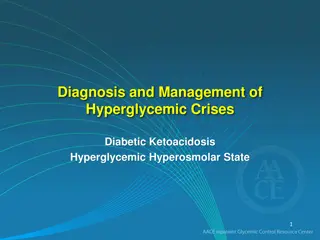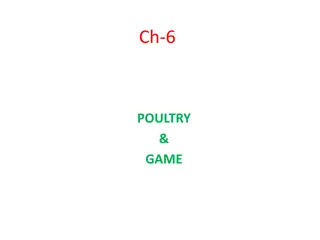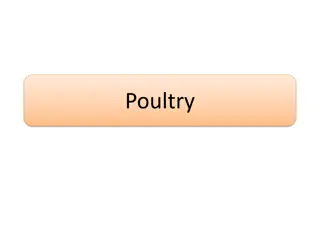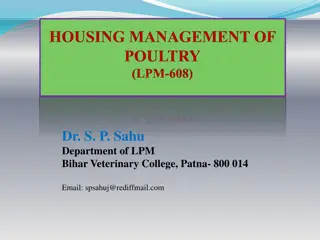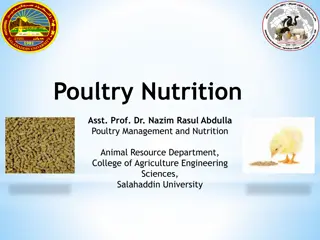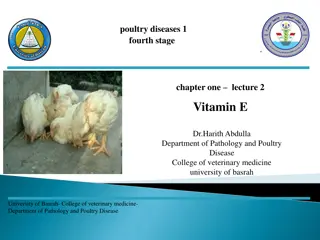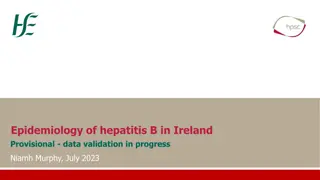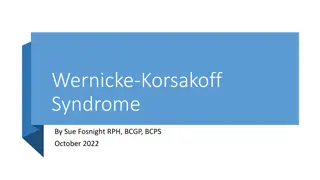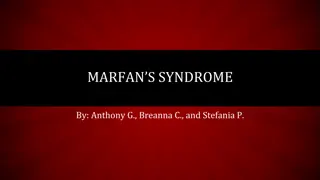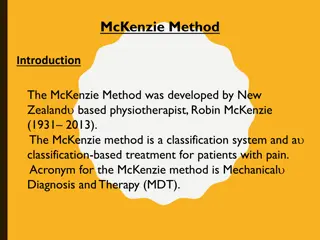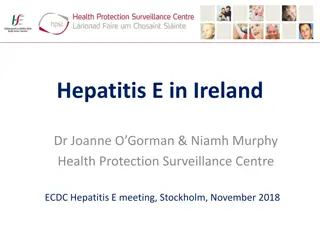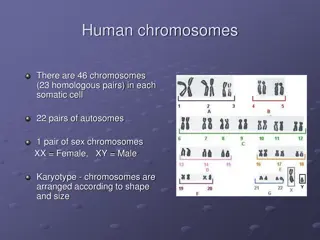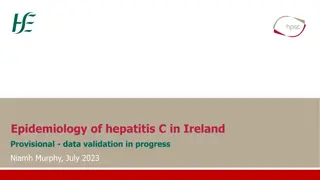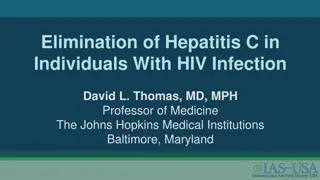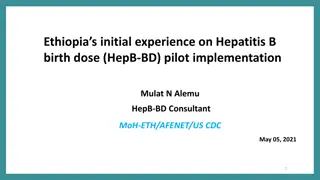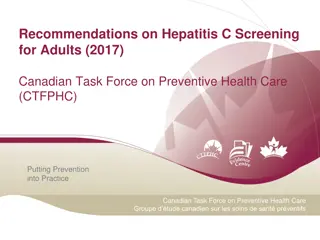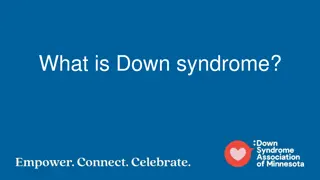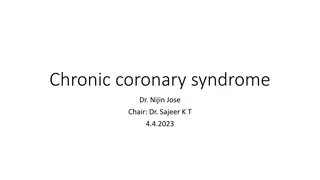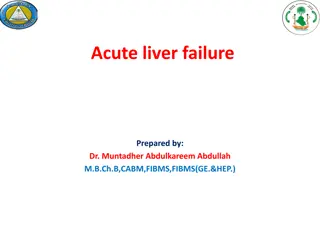Hydropericardium Hepatitis Syndrome (HHS) in Poultry: Causes, Symptoms, and Prevention
HHS is an acute infectious disease in chickens characterized by high morbidity and mortality, excess pericardial fluid, and multifocal hepatic necrosis. It mainly affects broilers and broiler parents, with clinical signs such as sudden mortality, lethargy, and ruffled feathers. Post-mortem lesions include straw-colored fluid in the pericardium and hepatic necrosis. Diagnosis involves identifying typical signs and lesions, as well as histopathological examination. Prevention methods include vaccination and good water sanitation practices.
Download Presentation

Please find below an Image/Link to download the presentation.
The content on the website is provided AS IS for your information and personal use only. It may not be sold, licensed, or shared on other websites without obtaining consent from the author. Download presentation by click this link. If you encounter any issues during the download, it is possible that the publisher has removed the file from their server.
E N D
Presentation Transcript
poultry diseases 2 fourth stage second semester lecture 5 part 1 Hydropericardium Hepatitis Syndrome ( HHS ) ( Angara Disease ) Dr.HarithAbdulla Department of Pathology and Poultry Disease College of Veterinary Medicine University of Basrah University of Basrah- College of veterinary medicine- Department of Pathology and Poultry Disease
HHS : Acute infectious disease of chickens characterized by high morbidity and mortality , excess pericardial fluid , and multifocal hepatic necrosis. It affects mainly broilers and broiler parents in rear, and has also been seen in pigeons. Etiology Etiology : : Adenovirus. Possibly in combination with immunosuppression caused by Chicken Infectious Anemia or IBD. Transmission Transmission: : Vertically and horizontally.
Clinical signs : 1. Age : 3-5 weeks old broiler and broiler breeder 2. Sudden onset (Sudden increase in mortality). 3. Lethargy . 4. Huddling with ruffled feathers. 5. Yellow , mucoid droppings are characteristic. 6. Mortality : 46 80 % .
Post-mortem lesions: 1- Excessive straw-coloured fluid distending the pericardium ( up to 10 ml of clear transudate in the pericardial sac). 2-Generalized congestion of the carcase. 3- Enlarged , pale friable liver and kidneys. 4-Multifocal hepatic necrosis . 5. Lungs are edematous.
Diagnosis 1- Signs. 2- Lesions. 3- Histopathological examination: demonstrates basophilic intranuclear inclusions in the hepatocytes. 4. Isolation and Identification of the virus. Differential diagnosis Differential diagnosis: : 1. Coccidiosis. 2. IBD. 3. Airsacculitis.
Treatment : No treatment. Prevention Prevention : 1.Vaccination at 9-11 day of age ,subcutaneously with oil emulsion vaccine . 2.Good water sanitation (e.g. treatment of drinking water with 0.1% of 2.5% iodophor solution) appears to be beneficial. 3.Control of immunosuppressive diseases.


